Home>Gardening & Outdoor>Landscaping Ideas>When To Start Watering Grass After Winter
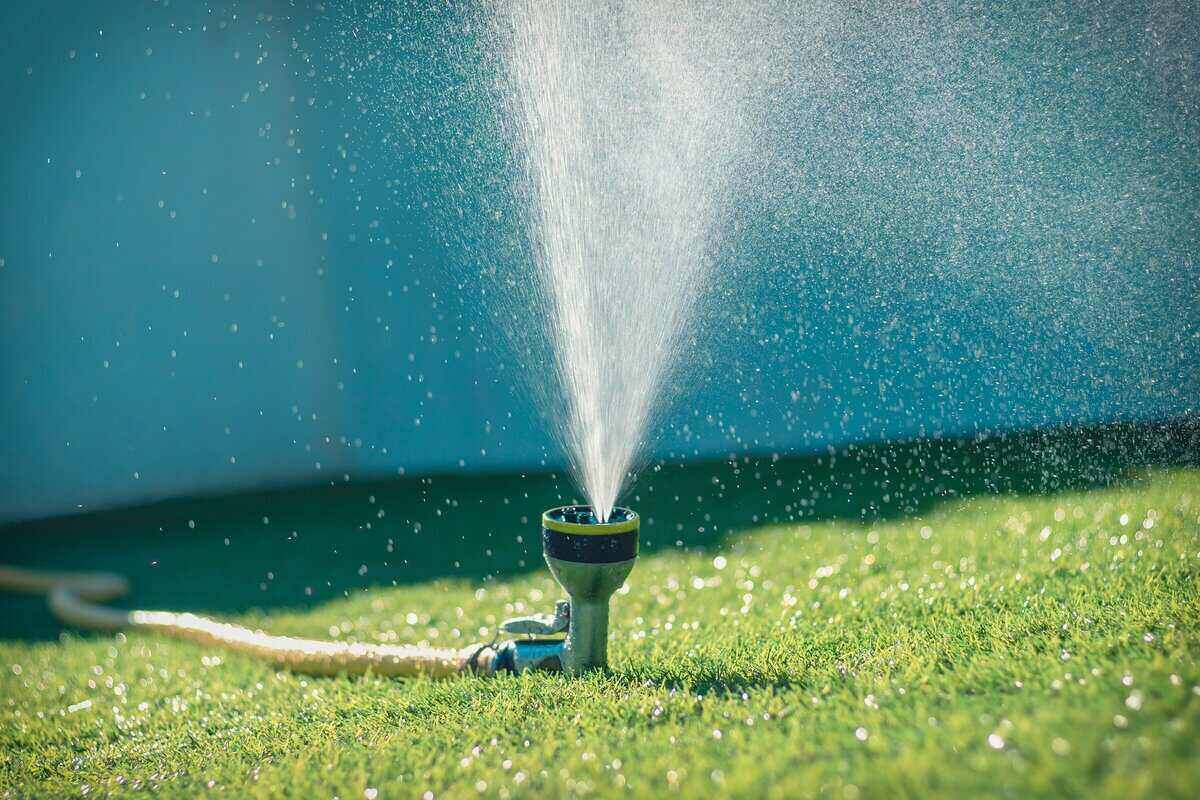

Landscaping Ideas
When To Start Watering Grass After Winter
Modified: October 18, 2024
Learn the best landscaping ideas for when to start watering grass after winter to ensure a healthy and vibrant lawn. Discover expert tips for maintaining your landscape.
(Many of the links in this article redirect to a specific reviewed product. Your purchase of these products through affiliate links helps to generate commission for Storables.com, at no extra cost. Learn more)
Introduction
When winter finally bids farewell and the warmth of spring beckons, it's time to prepare your lawn for a vibrant revival. As the snow melts away and the first signs of green peek through the soil, it's natural to feel eager to nurture your grass back to its lush, verdant state. However, it's crucial to approach this task with care and patience to ensure the health and vitality of your lawn throughout the growing season.
Proper watering is a cornerstone of lawn care, especially after the dormancy of winter. It's a delicate balance – providing enough moisture to support growth without overwhelming the awakening grass. Understanding the optimal timing and techniques for watering your lawn after winter is essential for fostering a resilient and thriving turf. Let's delve into the factors to consider before reaching for the hose and explore the signs that indicate your grass is thirsty for revitalizing moisture.
Key Takeaways:
- Timing is crucial when watering your lawn after winter. Consider soil temperature, growth signals, and weather patterns to ensure optimal hydration for vibrant spring growth.
- Recognize signs of thirsty grass, such as color changes and footprint retention, to provide timely hydration and prevent potential damage. Attune to your lawn’s needs for thriving greenery.
Read more: When To Water Grass In Winter
Factors to Consider Before Watering
Before you unleash a torrent of water onto your lawn, it’s crucial to assess several key factors to ensure that your efforts yield the best results. Understanding the unique characteristics of your lawn and the surrounding environment will guide you in making informed decisions about watering.
- Soil Condition: Assess the condition of the soil to determine its moisture content. If the soil is still saturated from melting snow or recent rainfall, it’s essential to allow it to dry out slightly before introducing additional water. Soggy soil can suffocate the grass roots, leading to detrimental consequences for the lawn’s overall health.
- Grass Type: Different grass species have varying water requirements. Identify the type of grass in your lawn and research its specific needs. For instance, cool-season grasses may have different watering needs compared to warm-season varieties, and understanding these distinctions will aid in providing targeted care.
- Weather Patterns: Take into account the prevailing weather conditions in your region. If the forecast predicts ample rainfall, you may need to adjust your watering schedule accordingly. Conversely, periods of drought or intense heat may necessitate more frequent watering to sustain the grass.
- Established vs. New Lawn: Consider whether your lawn is well-established or newly seeded. Newly seeded areas require careful, consistent moisture to support germination and establishment, while established lawns may have different watering needs based on their overall health and resilience.
- Time of Day: The timing of watering can significantly impact its effectiveness. Early morning is often the optimal time to water, as it allows the grass to absorb moisture before the heat of the day sets in. Watering in the evening can lead to prolonged moisture on the grass, potentially inviting disease and fungal issues.
By carefully considering these factors, you can tailor your watering approach to suit the specific needs of your lawn, setting the stage for a vibrant and thriving expanse of greenery.
Signs of Thirsty Grass
Just like humans, grass communicates its needs, albeit in more subtle ways. Recognizing the signs of thirsty grass is essential for providing timely hydration and preventing potential damage. By observing the following indicators, you can gain insight into your lawn’s hydration requirements:
- Color Change: One of the most noticeable signs of dehydrated grass is a change in color. As the blades become increasingly parched, they may take on a dull, bluish hue or appear visibly wilted. Conversely, well-hydrated grass exhibits a vibrant green color, signaling its vitality.
- Footprint Retention: When walking across the lawn, dehydrated grass may retain the imprints of footsteps for an extended period, indicating a lack of turgidity and resilience. Healthy, hydrated grass will spring back after being lightly compressed, showcasing its ability to rebound from pressure.
- Leaf Curling: In an effort to conserve moisture, grass blades may exhibit curling or folding, particularly during the hottest parts of the day. This adaptive response reduces the surface area exposed to the sun, minimizing water loss through transpiration.
- Slow Growth: Thirsty grass may enter a state of dormancy, halting its growth to conserve energy and moisture. If you notice a significant reduction in growth rate or an overall lack of vigor, it could be a sign that the grass is in need of hydration to resume its active growth cycle.
- Thinning and Browning: Deprived of adequate moisture, grass may begin to thin out and develop brown patches, indicating stress and potential damage. Addressing these areas with targeted watering can help revive the grass and encourage healthy regrowth.
By remaining attentive to these subtle cues, you can intervene with appropriate watering measures to rejuvenate your lawn and restore its lush, resilient nature. Understanding the language of your grass enables you to provide the care and attention it needs to thrive.
Wait until the ground is no longer frozen and the grass starts to turn green before watering after winter. This usually happens in early spring.
Best Time to Start Watering
Timing is crucial when initiating the post-winter watering regimen for your lawn. By aligning your watering schedule with the natural rhythms of the environment and the specific needs of your grass, you can optimize the effectiveness of this essential care routine. Consider the following factors to determine the best time to commence watering your lawn after the winter season:
- Soil Temperature: Monitoring the soil temperature provides valuable insights into the readiness of the grass for watering. As the soil gradually warms up in the transitioning seasons, the grassroots become more receptive to moisture, signaling the opportune time to begin watering.
- Growth Signals: Observing the emergence of new growth and the gradual greening of the lawn indicates that the grass is awakening from its dormant state. This phase marks an ideal window to introduce gentle, consistent watering to support the revitalization process.
- Weather Patterns: Taking into account the anticipated weather patterns in your region is essential for strategic watering. If the forecast indicates prolonged dry spells or high temperatures, it’s advisable to initiate watering earlier to preemptively safeguard the grass from dehydration and stress.
- Time of Day: Optimal timing for watering is typically in the early morning, allowing the grass to absorb moisture before the sun’s intensity peaks. This timing minimizes water loss through evaporation and provides ample time for the grass to dry before nighttime, reducing the risk of fungal issues.
By synthesizing these factors, you can pinpoint the opportune moment to commence watering, setting the stage for a successful transition from winter dormancy to vibrant spring growth. This strategic approach ensures that your lawn receives the nurturing hydration it needs to flourish.
How to Water Newly Revived Grass
Reviving your lawn after the dormancy of winter requires a thoughtful and methodical approach to watering. By implementing the following strategies, you can ensure that your newly revived grass receives the optimal moisture for robust growth and resilience:
- Consistent Moisture: Newly revived grass, whether from seeding or natural regrowth, benefits from consistent, gentle moisture to support its establishment. Light, frequent watering sessions help prevent the soil surface from drying out and aid in promoting even germination and growth.
- Deep Watering: As the grass begins to actively grow, transitioning to deeper, less frequent watering sessions encourages the development of robust root systems. Penetrating the soil to a depth of 6-8 inches ensures that the grassroots receive ample hydration, promoting their strength and resilience.
- Watering Schedule: Establishing a regular watering schedule, ideally in the early morning, provides the grass with a consistent supply of moisture while minimizing the risk of fungal diseases associated with prolonged moisture on the blades. Tailor the frequency of watering based on the specific needs of your grass type and the prevailing weather conditions.
- Observation and Adjustment: Monitor the response of the newly revived grass to your watering regimen. Adjust the frequency and duration of watering based on the grass’s growth and the moisture retention of the soil. Fine-tuning your approach ensures that the grass receives precisely the amount of water it needs for optimal health.
- Water Conservation: While providing adequate moisture is essential, it’s important to balance this with water conservation practices. Avoid overwatering, as excessive moisture can lead to shallow root growth and make the grass more susceptible to stress. Additionally, consider utilizing rainwater or investing in water-efficient irrigation systems to minimize water wastage.
By adhering to these guidelines, you can nurture your newly revived grass with the care and attention it requires to flourish. Thoughtful watering practices contribute to the development of a resilient, vibrant lawn that enhances the beauty of your outdoor space.
Read more: When To Cut Grass After Winter
Conclusion
As the winter frost gives way to the gentle embrace of spring, the awakening of your lawn beckons for your attentive care. Understanding the optimal timing and techniques for watering your grass after the dormancy of winter is pivotal in nurturing its resurgence and fostering a robust, vibrant expanse of greenery.
Before reaching for the hose, it’s essential to consider the unique characteristics of your lawn, including soil condition, grass type, and prevailing weather patterns. By carefully evaluating these factors, you can tailor your watering approach to suit the specific needs of your grass, setting the stage for a thriving lawn.
Recognizing the signs of thirsty grass, such as color changes, footprint retention, and leaf curling, empowers you to intervene with timely hydration and prevent potential damage. By attuning yourself to these subtle cues, you can provide the care and attention your grass needs to thrive.
Timing plays a pivotal role in the post-winter watering regimen for your lawn. By aligning your watering schedule with the natural rhythms of the environment and the specific needs of your grass, you can optimize the effectiveness of this essential care routine, setting the stage for a successful transition from winter dormancy to vibrant spring growth.
Reviving your lawn after the dormancy of winter requires a thoughtful and methodical approach to watering. Implementing strategies such as consistent moisture, deep watering, and observation and adjustment ensures that your newly revived grass receives the optimal moisture for robust growth and resilience.
In conclusion, the post-winter watering of your lawn is a delicate and pivotal aspect of lawn care. By approaching this task with attentiveness and strategic planning, you can cultivate a resilient, vibrant lawn that enhances the beauty of your outdoor space, providing a welcoming haven for relaxation and enjoyment throughout the seasons.
Frequently Asked Questions about When To Start Watering Grass After Winter
Was this page helpful?
At Storables.com, we guarantee accurate and reliable information. Our content, validated by Expert Board Contributors, is crafted following stringent Editorial Policies. We're committed to providing you with well-researched, expert-backed insights for all your informational needs.

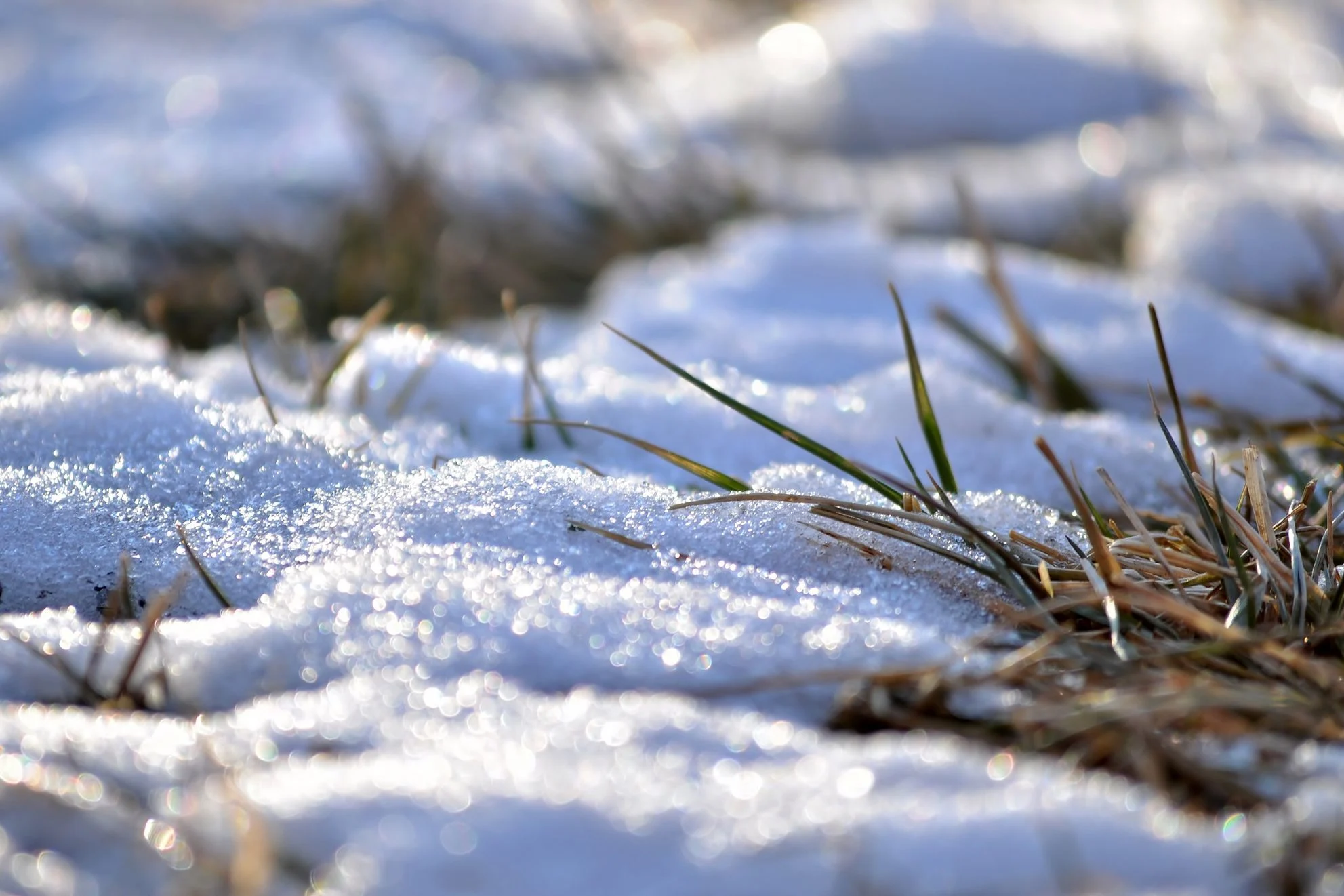

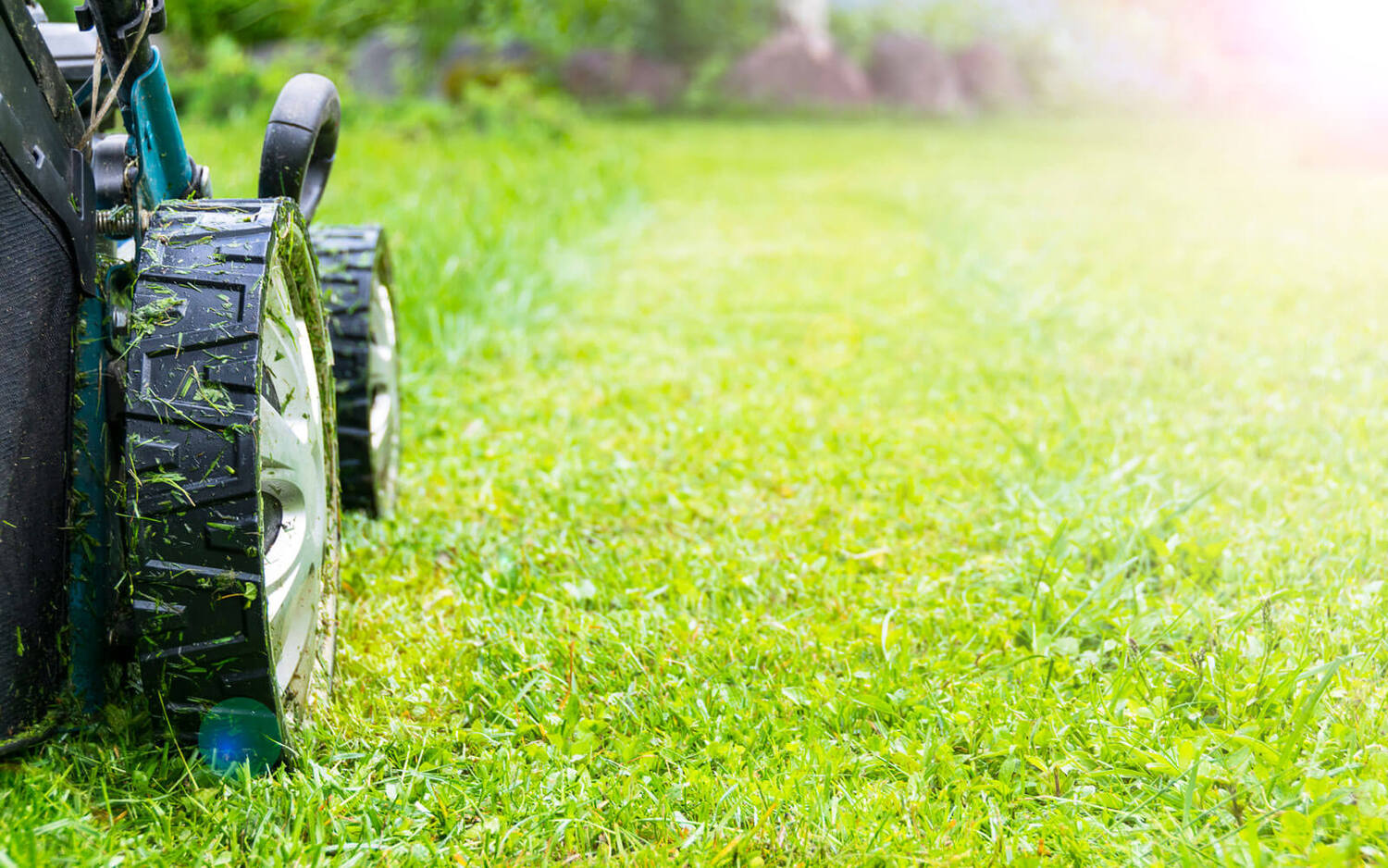
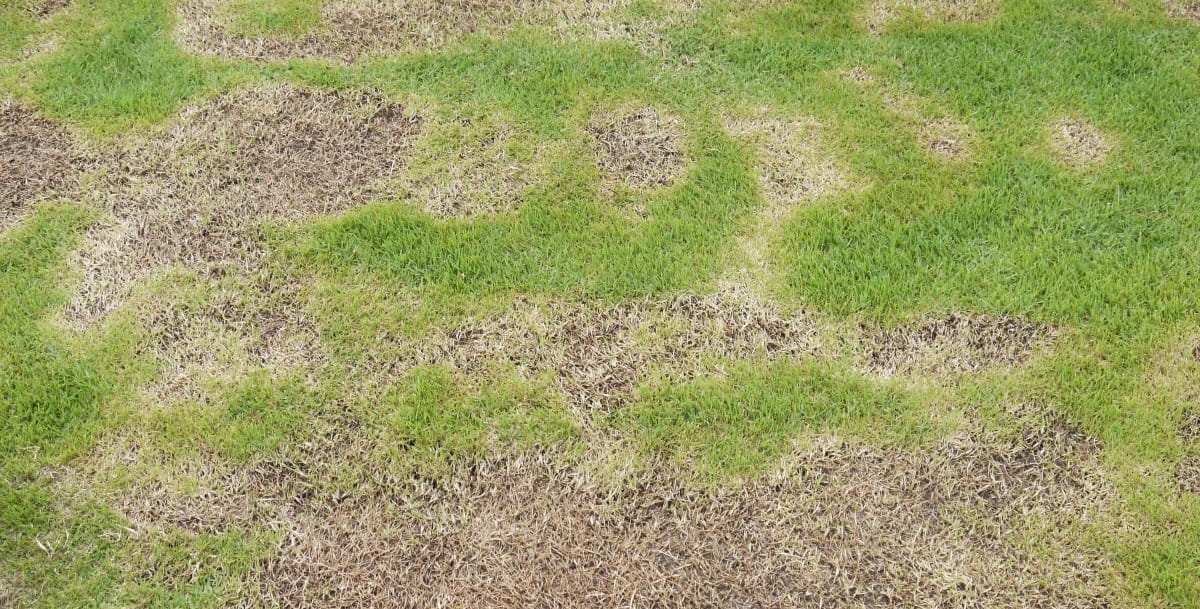
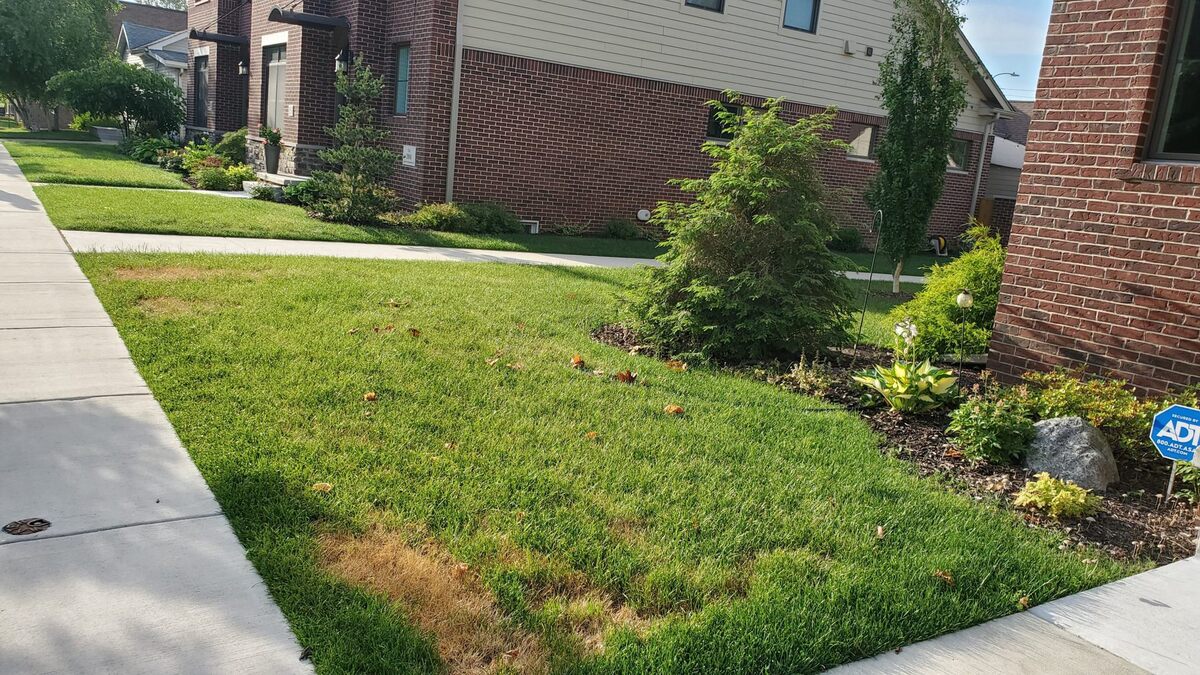

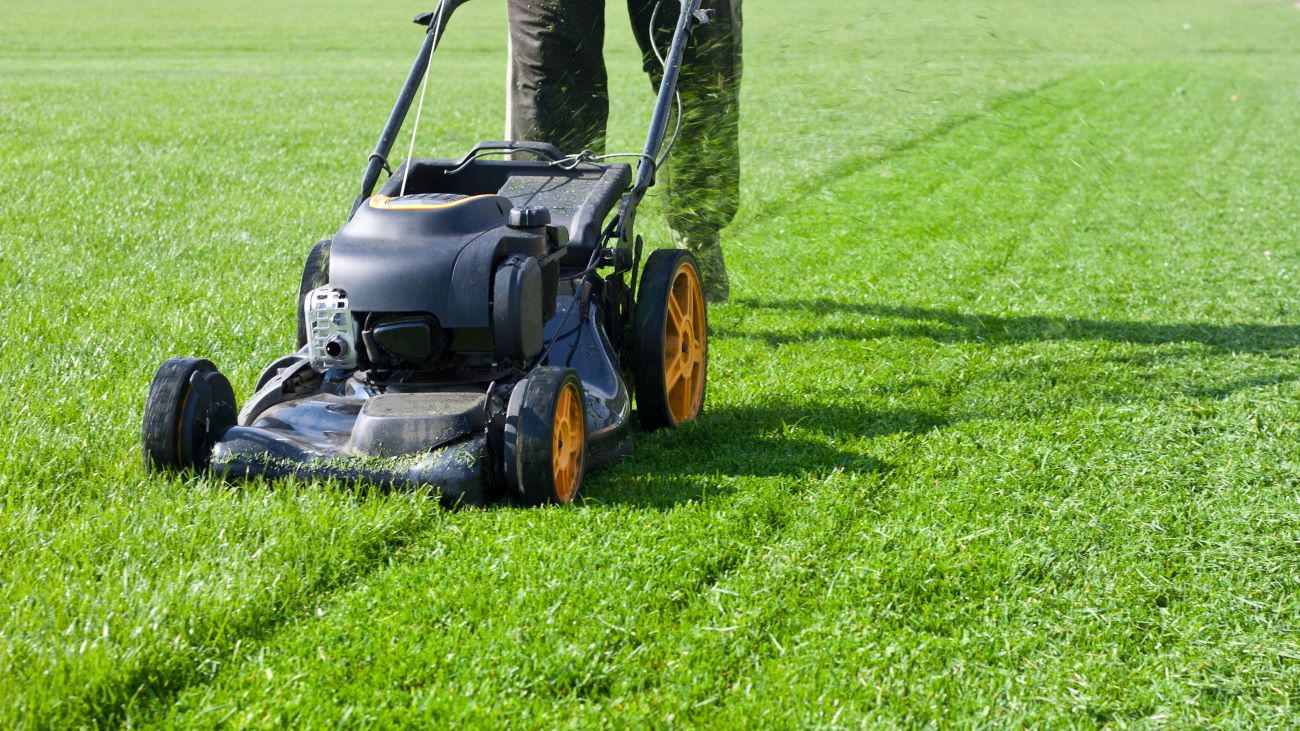

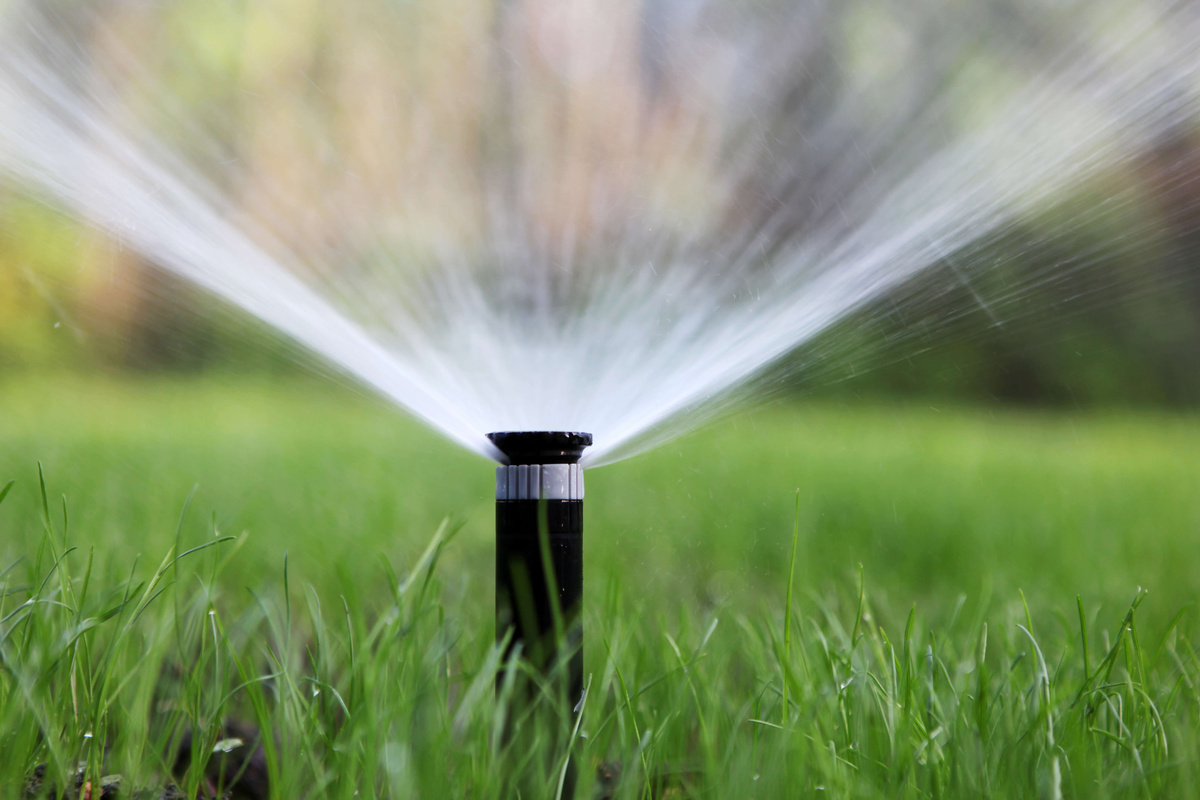
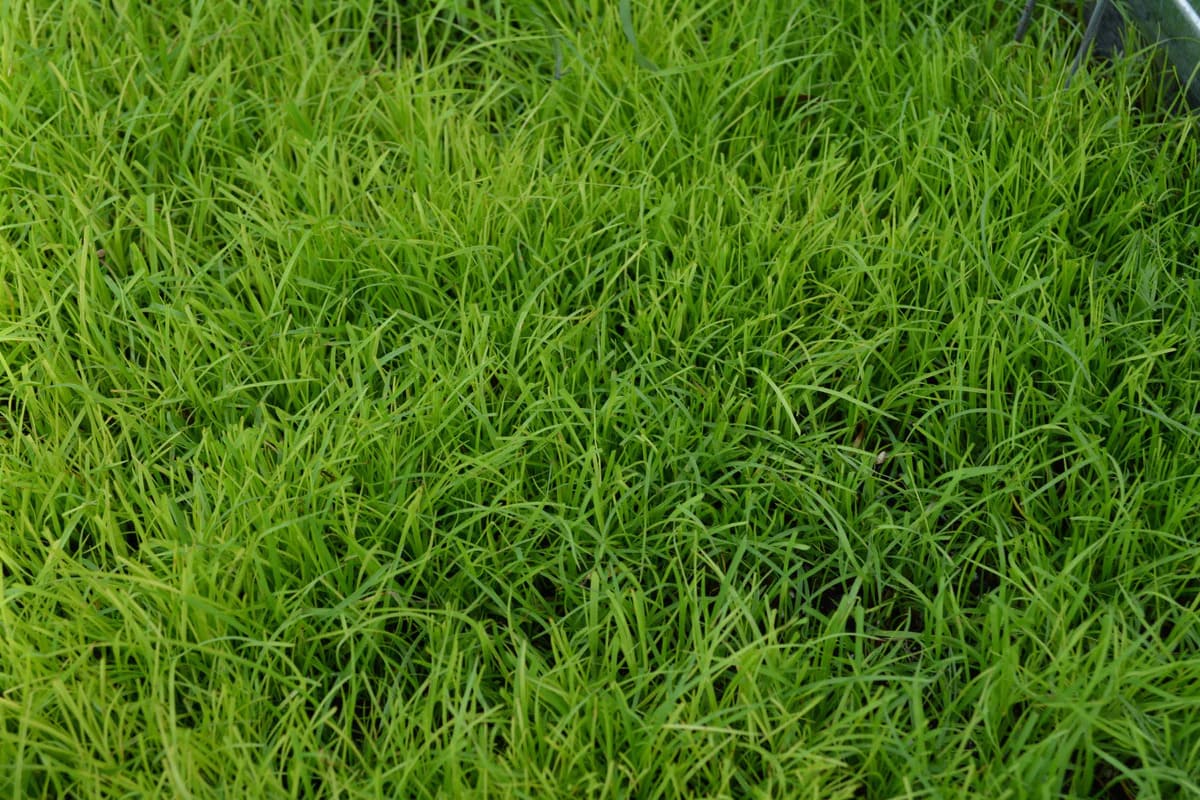




0 thoughts on “When To Start Watering Grass After Winter”